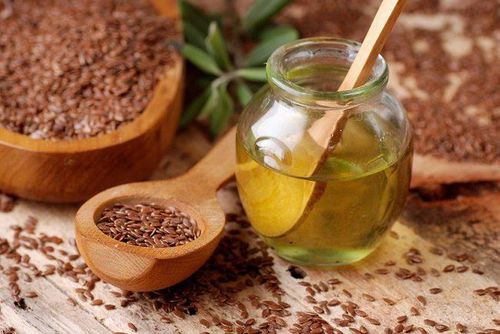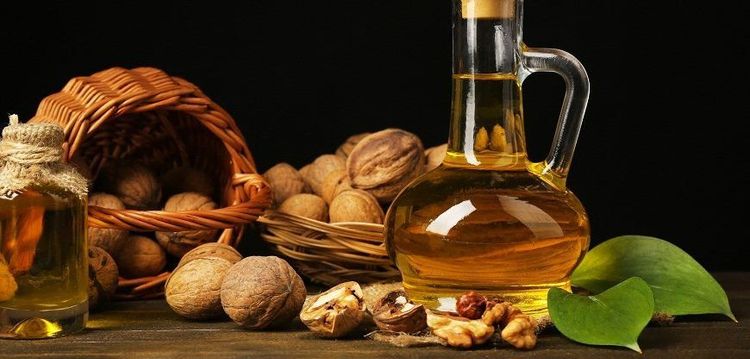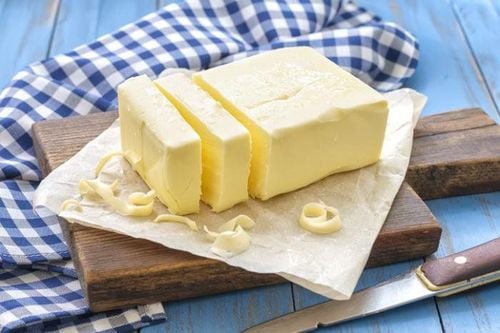This is an automatically translated article.
All cooking fats and oils are made up of saturated, polyunsaturated, and monounsaturated fatty acids in varying proportions. The following information provides detailed information on cooking tips with healthy fats and oils for those who consume these dishes.1. Fats and Oils
Fats consist of a group of compounds soluble in organic solvents, generally insoluble in water and lighter than water. Chemically, fats are triglycerides, esters of glycerol with fatty acids. Fats can exist as solid (called fat) and liquid (called oil) while Lipids are a combination of both.
Fat has many types:
Saturated fat: Found in most products of animal origin such as: butter, cheese, whole milk, cream, fatty meat. They are also found in some plant-based products such as coconut oil, palm kernel oil, etc. Saturated fats are usually solid at room temperature. They are also the main cause of high blood cholesterol in humans. Unsaturated fats: Derived from both animals and plants, including 2 types: + Monounsaturated fats: Found in oils made from nuts such as avocados, olives, peanuts and canola. Monounsaturated fats are usually liquid at room temperature and, if used in appropriate amounts, can lower total cholesterol and LDL cholesterol (also known as “bad” cholesterol (LDL). Polyunsaturated fats: Found in vegetables or nuts such as corn, safflower, sunflower, soybean, cottonseed and sesame seed oil.... Polyunsaturated fats can be used to reduce the amount of fat. blood cholesterol levels if used instead of saturated fats Omega 3 fatty acids are a type of polyunsaturated fat, found in flaxseed oil, soybean oil, soybean oil, canola oil, fruit walnuts... and some fish like salmon, mackerel, herring....

Chất béo không bão hòa đa có trong dầu hạt lanh
Trans fats: Found in a lot of processed foods or in the process of frying food with vegetable oils, especially those that are fried repeatedly. This is a type of fat that is harmful to the body because it increases cholesterol in the blood. Fats of vegetable origin are found in many cooking oils such as: olive oil, soybean oil, soybean oil... proven to be healthier than those of animal origin. So how is it reasonable to choose fats (including oils and fats)?
Should choose vegetable oils because they contain a lot of monounsaturated fats. Canola, olive, and peanut oils are all healthy foods. Choose soft or liquid butters, which do not contain trans fat The following chart lists the saturated, monounsaturated, and polyunsaturated fat content, in grams, per tablespoon of fats, and Different oils can assist you in choosing the right fat source. In general, the lower the amount of saturated fat, the higher the amount of monounsaturated fat, the better that type of fat is for the body.
2. Cooking tips with fats and oils
Choosing the right oil for each cooking purpose is not easy. The following information may be helpful to ease your mind's eye on each of your choices:
Olive oil: One of the most comprehensive oils, can be used in most dishes without lose their flavor. In addition, extra virgin olive oil reduces the risk of cardiovascular diseases, helps lower blood pressure and anti-inflammatory, slows down the aging process... MTC Oil: A fatty oil with long triglycerides. Medium, suitable for smoothies and salad dressings, very good weight loss support Avocado oil: Often used in salads, smoothies or baked goods. Avocado oil is high in oleic acid – a fatty acid with many health benefits that helps increase antioxidant capacity, soothe pain in inflamed joints. Flaxseed Oil: The smoke point of flaxseed oil is quite low for cooking however it is a perfect choice for salads, smoothies and dips. Flaxseed oil is rich in omega 3 and alpha linolenic acid which is good for the cardiovascular system. Canola Oil: Low in saturated fat and high in monounsaturated fat, canola oil is also rich in phytosterols that help lower blood cholesterol. Almond Oil: In addition to being high in monounsaturated fats, almond oil is also an important source of vitamin E. With their low smoke point, they are often used in dishes that require high heat preparation. In addition, the flavor of almond oil also makes the dish more attractive. Walnut oil: Not recommended for cooking dishes in high temperature conditions but like almond oil, they have a very rich flavor. attractive. Walnut oil contains a lot of alpha linolenic acid which is good for the cardiovascular system and skin.

Hình ảnh dầu óc chó được chiết xuất từ những quả óc chó
Coconut oil: Coconut oil has an attractive taste but contains a lot of saturated fat, which increases blood cholesterol, so it should not be used much in food processing. Peanut oil: Contains a lot of vitamin E and antioxidants that help protect the cardiovascular system as well as care for the skin. In addition, the high smoke point makes peanut oil often used in the preparation of high-temperature dishes. Cooking oil is an indispensable food in everyday dishes regardless of whether it's cooked, sautéed, grilled or salad.... They make the flavors of the dishes more appealing and are the perfect choice to replace them. part for animal fat. However, experts recommend not to overuse cooking oil, not to use oils that have a strange smell and especially not to use oils that have been processed many times. Oils with a high smoke point are best suited for baking and sautéing while oils with a low smoke point are better suited for dips and salad dressings.
Please dial HOTLINE for more information or register for an appointment HERE. Download MyVinmec app to make appointments faster and to manage your bookings easily.
References: allinahealth.org; webmd.com












